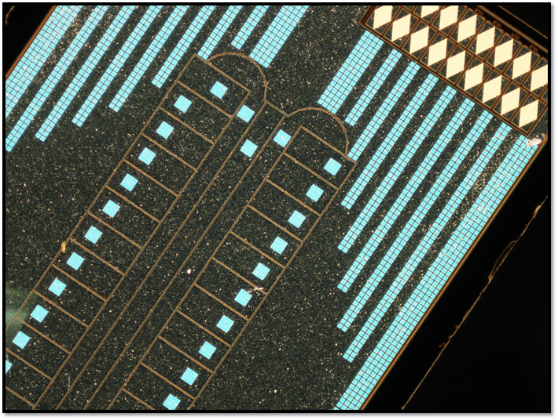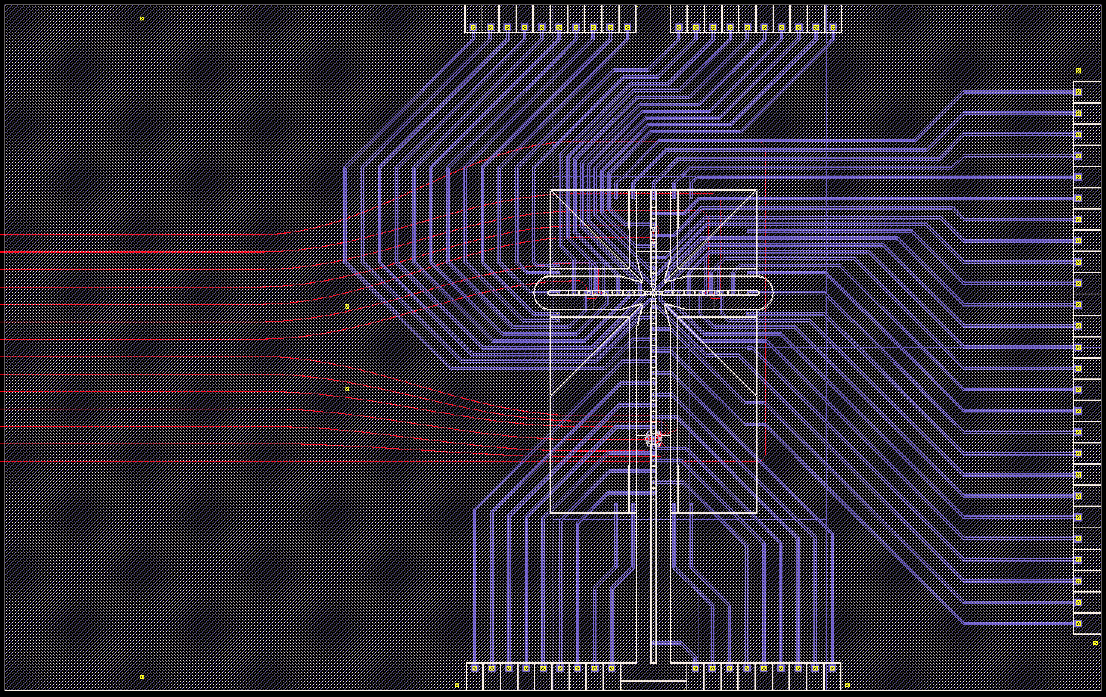Cryo
This is the first cryogenic apparatus that we developed, which we use for studies of quantum computing and simulation in surface-electrode ion traps. These include home-built traps, but we are also developing traps built in commercial chip foundries, and those incorporate novel features such as 2-D junctions and integrated optics. Recent experiments performed in this apparatus are described below.
Bang Bang control
In this experiment we implemented fast control of the ions confinement using in-vacuum electronics. The scheme has allowed for switching trapping potentials on nanosecond time scales, allowing the generation of large coherent states with up to 10,000 quanta. This allowed us to study laser-ion interaction far outside the Lamb-Dicke regime.
Quantum Information with qutrits
Most experiments in the field use electronic levels of trapped ions to encode a qubit, or a two-level quantum system. However, using more levels offers potential advantages for quantum simulation and computation, such as reducing gate overheads or simulating spin chains with spin S > ½.
As a benchmark of our control over the 3-level “qutrit” system, we have performed 53 million sequential projective measurements of the qutrit state, and unambiguously demonstrated a property of quantum physics known as “quantum contextuality”. The state-recycling procedure of this work also demonstrated that quantum contextuality is connected to measurements and not necessarily to designated states.
Next-generation surface-electrode traps
Another direction we are working towards is developing new traps and electronics for large-scale trapped-ion quantum computation. We have fabricated the new generation of our surface-electrode trap with commercial CMOS foundry, a proven. Currently we are updating our experimental setup for testing this CMOS-fabricated trap.

We are also developing a surface-electrode trap consisting of a junction structure and integrated silicon nitride (SiN) photonics. The 2D junction is a key element for the quantum-CCD architecture for large-scale trapped-ion quantum computer. However, reliable low-excitation ion transportation across junction remains a challenge for surface-electrode trap. We are exploring designs based on a compromise between strong confinement and minimizing the effects of the pseudopotential.

